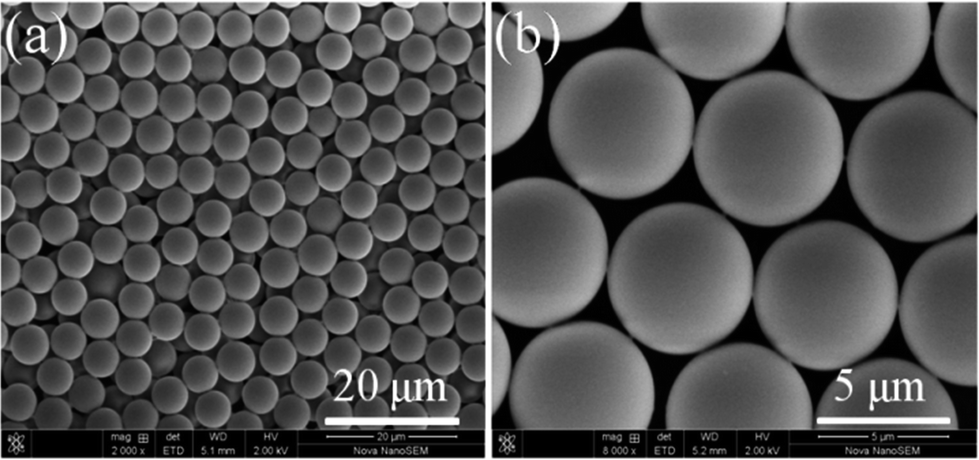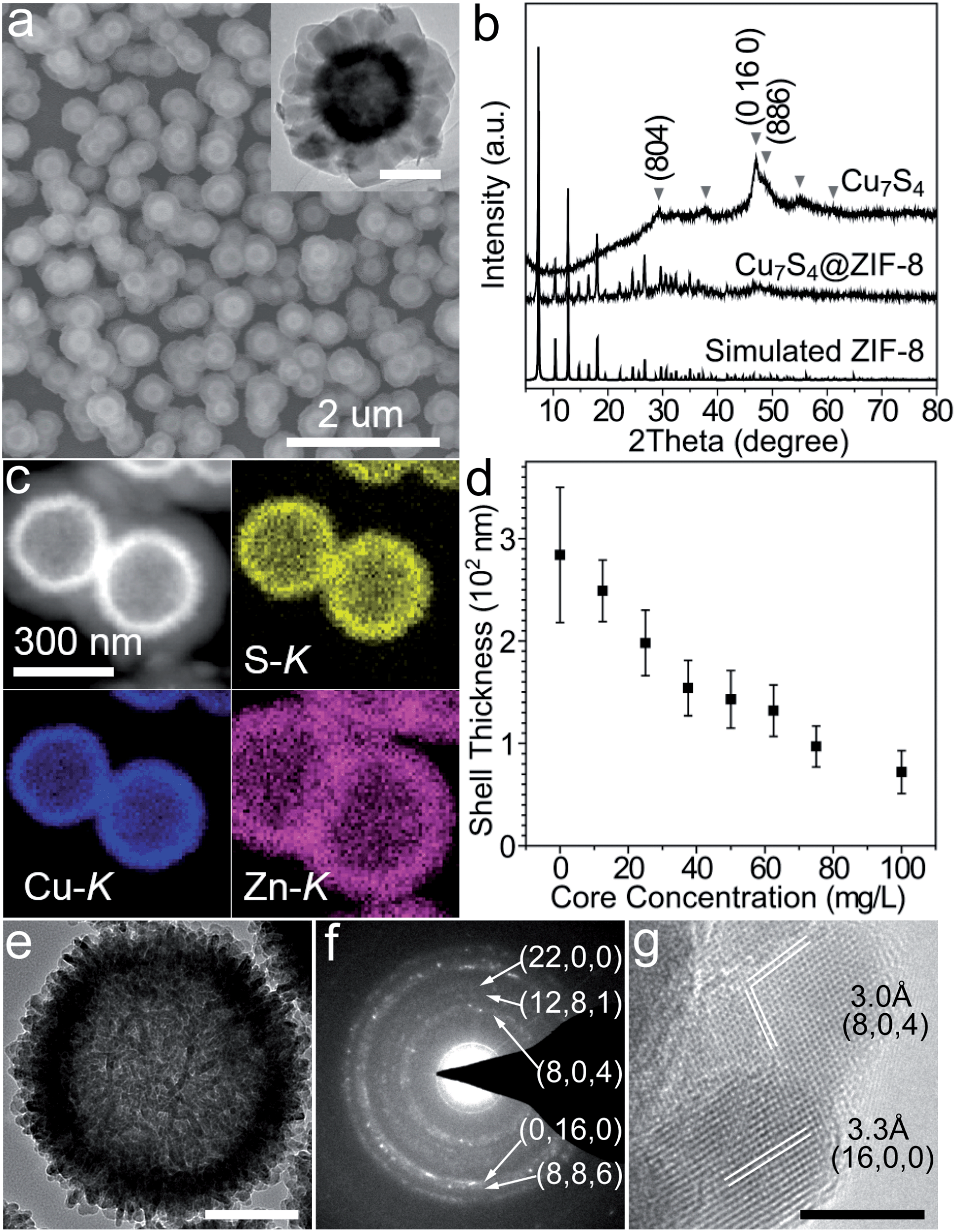
Seddiki, Nesrinne and Aliouche, Djame., Arab J. Kongsinlark, Anong, Rempel, Garry, and Prasassarakich, Pattarapa., Chem. Jesionowski, Teofil and Krysztafkiewicz, Andrze., Appl. Yanjun, Xie, Callum, A.S., Zefang, Xiao, and Holger, Militz., Compos. Sabatini, and Sutha, Khaodhia., Fuel, 2014, vol. Noulkamol, Arpornpong, Chodchanok, Attaphong, Ampira, Charoensaeng, David, A. 81–87.Īili, Wang, Li, Chen, Fan, Xu, and Zongcheng, Yan, P., Colloid. Ljiljana Djekic., Marija Primorac., and Jelena Jockovic., J. Meiqin, Lin, Guiqing, Zhang, Zhao, Hua, Qian, Zhao, and Feifei, Su., Colloid. Zhao, Hua, Meiqin, Lin, Jinru, Guo, Fengqiang, Xu, Zhiyan, Li, and Mingyuan, L., J. Zhao, Hua, Meiqin, Lin, Zhaoxia, Dong, Mingyuan, Li, Guiqing, Zhang and Jie, Yan., J. Jinbin, Lin, Hongling, Chen, Yan, Ji and Yu, Zhan., Colloid. (a) Temperature-dependent diameter changes of.

Rempel., and Pattarapan, Prasassarakic., Chem. Figure 4.15 Effect of temperature on the Pb2+adsorption capacity of magnetic PNB coreshell microspheres. Qunna, Xu, Fan, Zhang, Jianzhong, Ma, Tao, Chen, Jianhua, Zhou, Demetra, Simion, and Gaidau, Carme., Prog. The particle size 95 distribution could also have a big impact on the operational pressure 9.

1232–1261.ĭong Ho Yoon, Jung Won Jang, and In Woo Cheon., Colloid. Core-shell columns with 93 particles of 2.6-2.7 m have been found to show better or the same efficiency compared with fully 94 porous 1.7 m column (BEH C 18 ), but with much lower back pressure 9. Sarita Kango, Susheel Kalia, Annamaria Celli, James Njuguna, Youssef Habibi, and Rajesh Kumar., Prog. The FeOZIF-8 microspheres as catalysts could be easily filled into a capillary microreactor with the help of an external magnetic field. Rempel., and Pattarapan Prasassarakich., Chem. Shadpour Mallakpour and Abdolvahid Barat., Prog. Moreover, capillary flow experiments, nuclear-pore film filtration, and sand packed tube displacement experiment are applied to analysis the mechanisms of deep profile control. Transmission electron microscope (TEM), digital microscopes, dynamic light scattering (DLS), and thermogravimetric analysis (TGA) are used to study the shape, size and high temperature resistant of the microsphere. Most resources of crude oil locate in low and medium permeable layers, and this work plays a very important role in the enhancement of recovery ratio of crude oil by new material. The core-shell microspheres flow into the high permeable layers along with injected water, meanwhile, swell after absorbing water and migrate into the deeper layer under the pressure by deformation, which efficiently increase the pressure of low and medium permeable layers, and decrease the loss of water into high permeable layers. The results suggest that the perfluorcarbon-alginate microparticles could be a promising system for the delivery of compounds, such as proteins, peptides, and small-molecule drugs in ultrasound-based therapies.Polyacrylamide (PAM)-silica microspheres with core-shell structure are synthesized by inverse microemulsion polymerization in this study for the application of water shut-off due to high strength of nanosilica, crosslinked shell of PAM and strong interaction between PAM and silica. In this work, the synthesis of molecularly imprinted polymer microspheres with narrow particle size distributions and core-shell morphology by a two-step. The integrity of the particles is maintained after the injection process and is disrupted after ultrasound exposure for 15 min. The mechanical stability of the particles is tested by injecting them through a 23 gauge needle into a polyacrylamide gel to mimic the tissue matrix.

Core-shell microspheres in the range of 110-130 μm are prepared and are demonstrated to be stable up to 21 days upon immersion in calcium chloride solution or water. The setup enables the preparation of perfluorocarbon-alginate core-shell microspheres in a single process, avoiding the requirement for further extensive purification steps. In this work, we report the design and development of a glass capillary microfluidic system containing three concentric glass capillary tubes for the development of core-shell particles. The fabrication of micrometer-sized core-shell particles for ultrasound-triggered delivery offers a variety of applications in medical research.


 0 kommentar(er)
0 kommentar(er)
